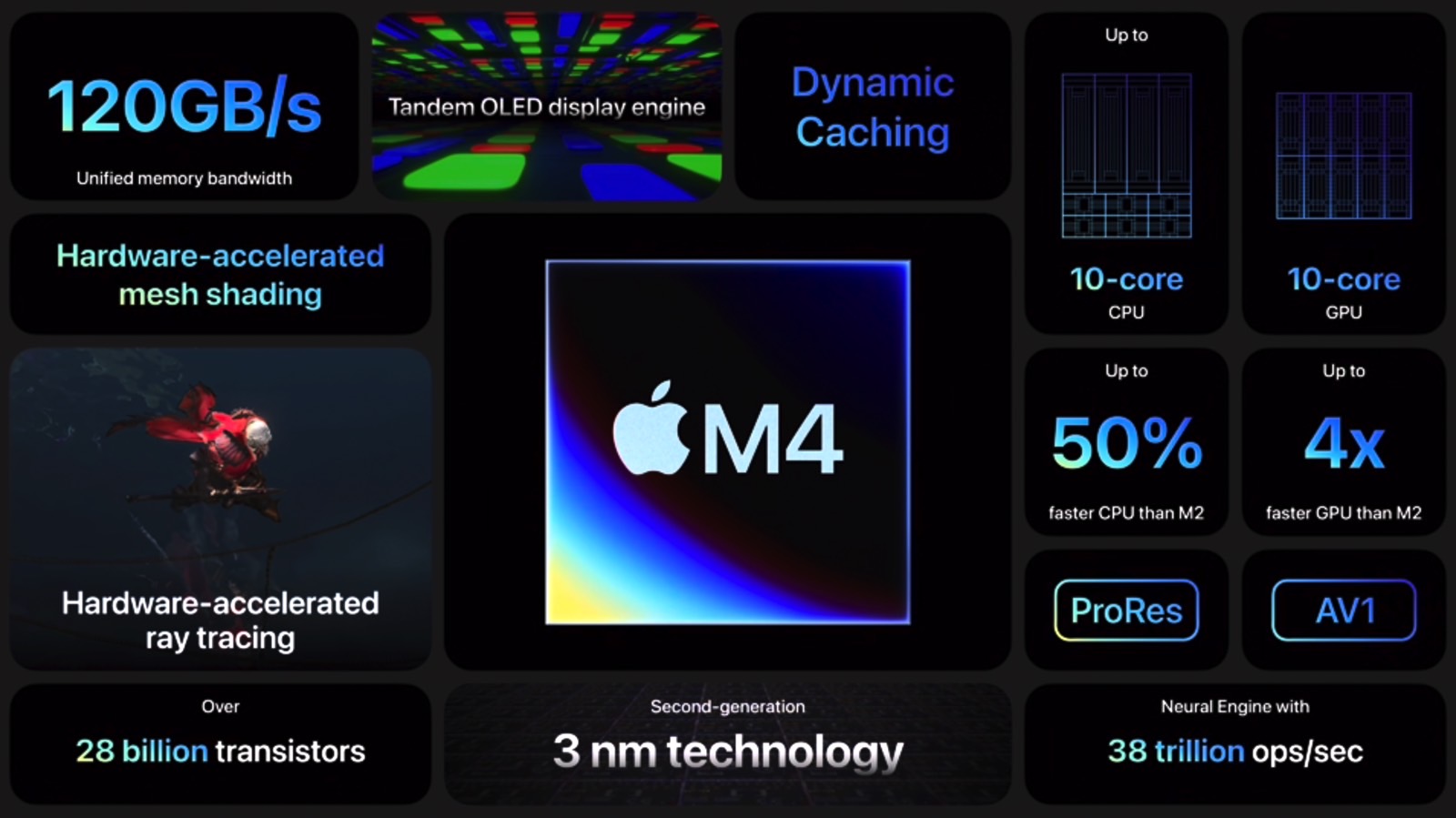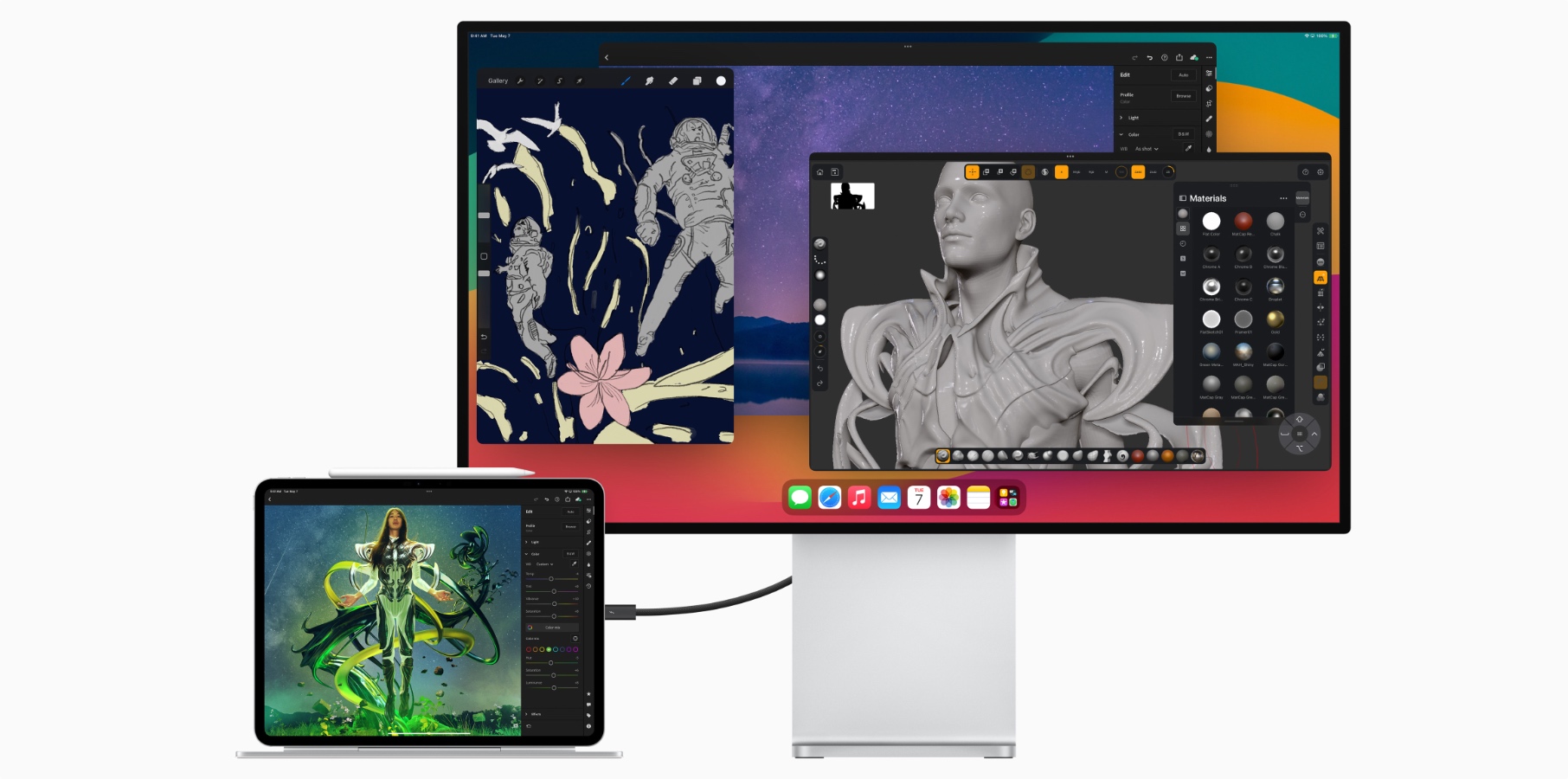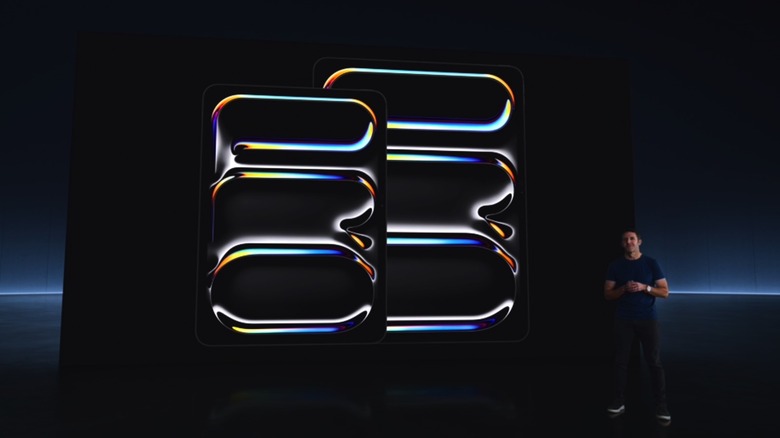Apple Is Making A Mistake By Holding The iPad Pro Back
It's deja vu all over again: A new powerful iPad Pro launches, prompting speculation and what-if scenarios about the tablet replacing the Mac, and Apple refuses to comply. The company tells everyone that there's room for both the iPad and the Mac. Hence, there's no need to merge the two products or further muddy the waters between them.
The latest explanation gives us a more detailed reason why Apple thinks it doesn't need to make the iPad Pro's software more like a Mac or give the MacBook a touchscreen. Apple says, "the majority of Mac customers have an iPad, and they use them both."
But you're mistaken, Apple, and I'll tell you why as a longtime Apple product user. I'd love to replace my Mac with the M4 iPad Pro. I'd do it right away if I could use it for work; if the iPad could replace traditional computers, which is one of Apple's goals. But I can't. I already said I want an iPad, but I can't justify the M4 iPad Pro until iPadOS 18 rolls out.
I can't just pay $1,000+ for the M4 iPad Pro if it ends up being a content-consumption machine. Any other iPad would do. I don't need it to be that powerful and that thin if all it'll do is stream Netflix and browse the web, one app at a time. And I definitely don't need an OLED panel just for that.
Like me, plenty of others can't replace the Mac with the iPad. And they can't use the Mac for entertainment as well as an iPad. So they will buy both. The stats that Apple ends up with then tell a flawed story; that there's demand for both devices from the same consumer.
That's great for Apple. In a best-case scenario, an Apple device user buys a new tablet every few years, paying at least $349 for one. That's the price of the cheapest tablet in Apple's lineup, the iPad Pro.
The same user would then buy one of the various Macs Apple sells. The cheapest options are the $999 M2 MacBook Air or the $599 Mac mini.
I'd gladly pay $1,500+ for an M4 iPad Pro and Magic Keyboard combo if it could replace my Mac for productivity. And I'd still keep using my Mac.
Let's get back to Apple's full quote on the matter, as it also concerns Windows users:
"The fact is that the majority of Mac customers have an iPad, and they use them both," Apple's Greg Joswiak told Fast Company. "And a large proportion of iPad customers have a Mac, or even some of them have [Windows] PCs. You use the tool that makes the most sense for you at that time. They're two different tools."
I'd say PC users keep their laptops and desktops while using the iPad for the same reason. The iPad isn't as good a computer when it comes to working on it.

This isn't the first time I or others have complained about this. My ideal Apple computer would be a device that would let me run both iPadOS and macOS. The former would be good for most of my computing needs outside of work. Often, I don't need a keyboard, so the touch input and the one-app-at-a-time experience would work great. It's the iPhone experience upgraded to a bigger screen.
I'd switch to "Mac mode" when I need to work. That means using multiple apps simultaneously, with various others open and ready in the background. I'd switch back and forth between apps and screens to get everything as efficiently as possible. And Stage Manager isn't the multitasking solution the iPad needs.
I say "Mac mode" rather than macOS, as Apple wouldn't even have to have the M4 iPad Pro run macOS. Instead, the tablet needs to give the user a better way to work. I don't even need to be able to harness all the power of the M4. After all, one reason for keeping iPadOS as is concerns battery life, which is great on the M4 iPad Pro.
I imagine that running more apps at the same time Mac-style would hurt that amazing battery life. But that's a compromise I'd be willing to make.
I'll also say that I do want a magical piece of glass for everything else I do on the Mac and iPhone. I'd stream shows, read books, play games, check the news, email, and message friends on the M4 iPad Pro most of the time. But I do not need a "Pro" iPad for that. The Pro side of the tablet would come up during work hours.

While we're at Apple marketing being wrong about the iPad, I'll also note John Ternus's response to people criticizing the iPad Pro, specifically, the "Pro" part.
"There's a funny perception thing," Ternus said during the same interview. "Maybe it's Mac people with their notion of what professional is. You saw what the Procreate team has done with Apple Pencil Pro. There is no more professional drawing application in the world than Procreate — I mean, they're the lifeblood of artists."
This Mac person's notion of a professional is much simpler. A professional is a person who needs a computer to work. The M4 iPad Pro is a computer. I can't use it for work.
On the other hand, I am aware that not all iPads should support the same Mac-like features that I want. The iPad 10, iPad mini, and their successors can be more oriented towards content consumption as long as the hardware wouldn't support the Mac-like multitasking I'm looking for.
I can't wait to see what iPadOS 18 has in store, especially for more powerful iPads, like the M2 iPad Air, M2 iPad Pro, and M4 iPad Pro.
Also, I can't wait to see how Apple spins everything once it launches its first foldable iPad/MacBook contraption. That's a device that can't run iPadOS as it is today because it'll almost certainly have operation modes that mimic a Mac desktop or laptop. There's no telling when such a device will launch, of course.
